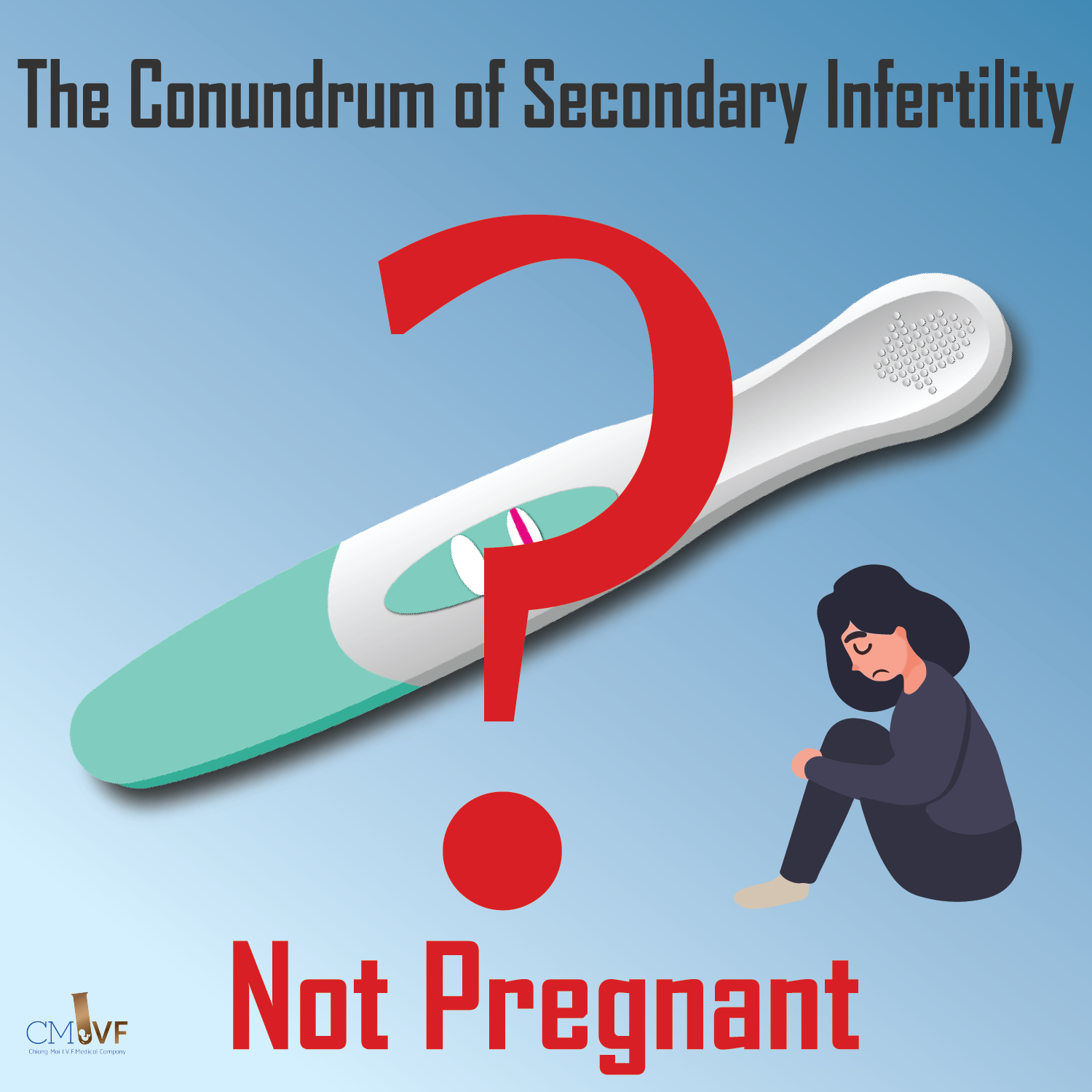
Secondary Infertility is defined as the struggle to conceive a child after the healthy pregnancy and delivery of another baby by the same parents. While most people know the statistic 1 in 6 people will struggle to conceive throughout their lifetime, very few people know that around 30% of infertility cases are actually classified as secondary infertility.
Emotional attributes of secondary infertility are such that guilt may be experienced rather than gratitude. The idea that at least you have one does not make it easier to relinquish the dream of having more than one child. Exasperation could be present in which there are comments when are you going to have another baby for a sister or brother. The fear of missing out as compared to other parents producing a feeling that you and your child are being left behind is cognizant. Also, heartbreak when a child is old enough to ask for a younger brother or sister. Finally, a delay in decision making where shock and disbelief when it doesn’t happen as easily the second time around. The clinician’s answer is to keep trying therefore delaying action to acquire another mode such as IVF to invoke pregnancy.
Diagnosis of secondary infertility may involve:
1. Medical history: A thorough medical history of both partners, including previous pregnancies, surgeries, infections, and exposure to environmental factors.
2. Physical examination: A comprehensive physical examination to assess any potential physical causes.
3. Ovulation testing: Tests like basal body temperature charting, ovulation predictor kits, or ultrasound monitoring to evaluate ovulation.
4. Semen analysis: To evaluate the quality and quantity of the male partner's sperm.
5. Imaging tests: Ultrasound, hysterosalpingogram (HSG), or laparoscopy to check for uterine abnormalities, fallopian tube blockages, or endometriosis.
6. Hormone testing: Blood tests to measure levels of hormones like follicle-stimulating hormone (FSH), luteinizing hormone (LH), and anti-Mullerian hormone (AMH).
The ways to deal with the emotional factors accompanying secondary infertility can be delineated by 1. Seek support: Join support groups, engage with counselors or therapists to process emotions, and lean on family and friends.
2. Practice self-care: Engage in activities that promote relaxation, such as exercise, meditation, or hobbies.
3. Manage stress: Identify and address sources of stress, as stress can negatively impact fertility.
4. Communicate openly: Maintain open and honest communication with your partner, sharing concerns and providing emotional support to each other.
5. Consider alternatives: Explore options like fertility treatments, adoption, or surrogacy, and be open to discussing these alternatives with your partner.
6. Be patient: Secondary infertility can be a long and challenging journey, so practice patience and kindness towards yourself and partner.
Secondary infertility can be a complex and emotionally taxing experience, but seeking medical advice, emotional support, and maintaining open communication can help couples achieve the goal for a successful pregnancy.
